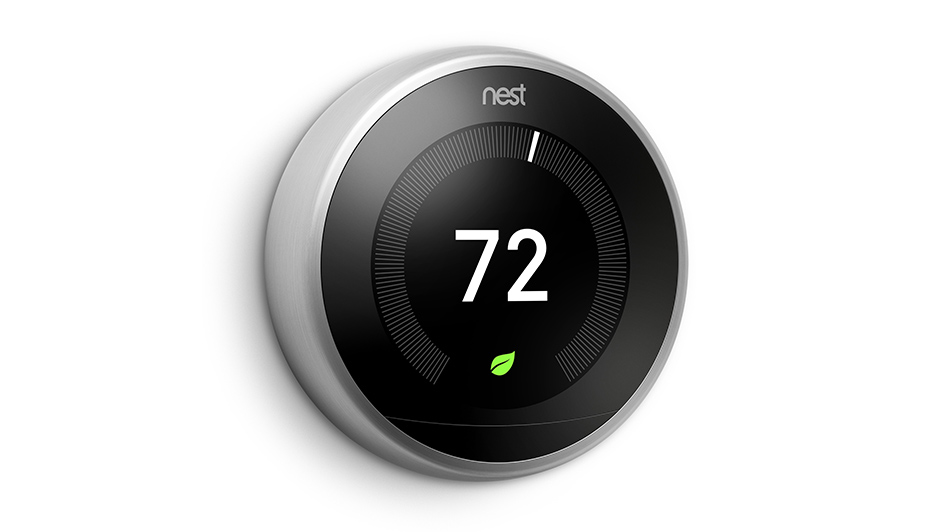
The Nest thermostat is one of the most popular smart thermostats you can get. And for good reason. It picks up on your temperature preferences and creates an energy-efficient schedule to match. And by geofencing with your phone, the Nest Learning Thermostat and Nest E realize when you’re at your house or gone and can change temps to help you save even more.
The Nest is compatible with a wide range of 24-volt heating and cooling systems, but it’s always a good idea to use the Nest thermostat compatibility checker before getting one. Don’t forget to contact your energy company for valuable rebates, since you could be able to get a Nest for free or close to it.
Once you’ve checked it’s compatible, you can either wire it yourself or hire a HVAC pro like Rescue Heating & Air. If you’re installing it without help, you’ll spot a terminal for the C-wire, or common wire. This wire is solely used for powering your thermostat. If your home or HVAC system is older, you might not have one of these wires. In most cases, Nest says this isn’t an issue since the thermostat can draw enough power from other heating and cooling wires.
In some instances, your heating and cooling system might have to have that C-wire. And here’s why.
Why Your Nest Keeps Losing Power and Other Malfunctions
The Google Nest Thermostat is a step up from aging programmable thermostats that have a combination of wiring and AA batteries for power. It relies on a rechargeable lithium-ion battery and wiring to link to Wi-Fi, power its digital display and run your heating and cooling system.
8 Common Nest Thermostat Problems
If it can’t get ample juice, Nest says you might run into some of these troubles:
- Bad battery life.
- Thermostat motion sensing won’t operate.
- Your thermostat occasionally disconnects from Wi-Fi.
- Your system suddenly turns on or off, or won’t shut off.
- Your system is producing weird noises, such as chattering, stuttering, clicking or thumping.
- Heating or cooling is short cycling, or frequently turning on and off in a short period of time.
- There is a delay notice on your Nest thermostat’s screen, like “heating is delayed for 2:30 minutes.”
- The system fan is constantly working, won’t turn on or turns off and on frequently in a short period of time.
You could believe something is suspect with your heating and cooling system, but if you just installed the Nest, we recommend you begin with your thermostat right away. This is especially pertinent if the weather is mild, and you haven’t been running your heat or air conditioning much.
Our Pros Can Fix Nest Thermostat Troubles
If you’ve attempted Nest thermostat troubleshooting by yourself but can’t repair the dilemma, a smart thermostat specialist including one from Rescue Heating & Air can assist you. We can determine the problem and add a C-wire, if needed.
Smart thermostats like the Nest are designed to make your life easier, through automatic energy-efficient programming and the opportunity to keep an eye on temps while you’re on the go. It’s a time-consuming experience when yours won’t operate correctly, but our heating and cooling experts at Rescue Heating & Air can take care of the issue in no time.
If you’re experiencing strange heating and cooling behavior with your new Nest, reach out to us at 361-265-4371 to request your appointment now.
